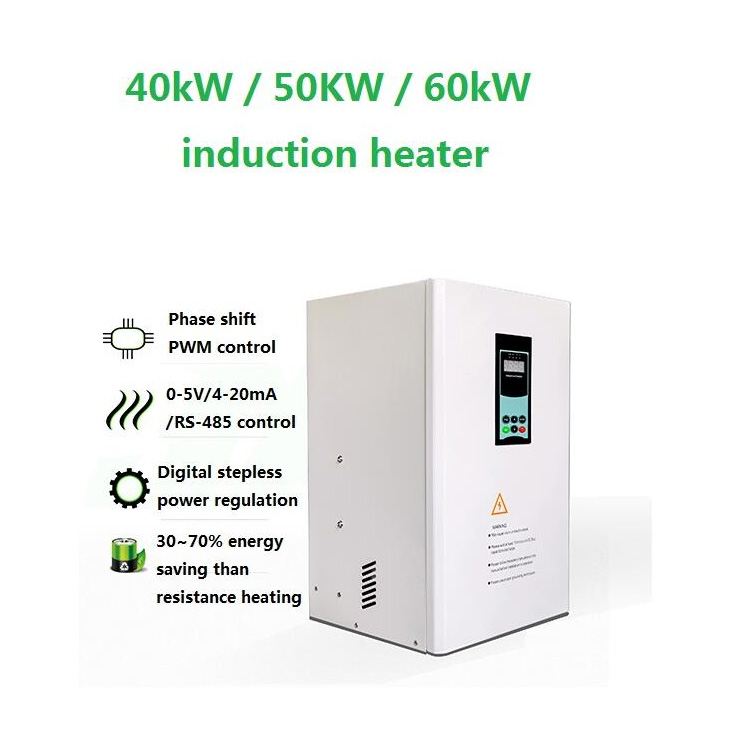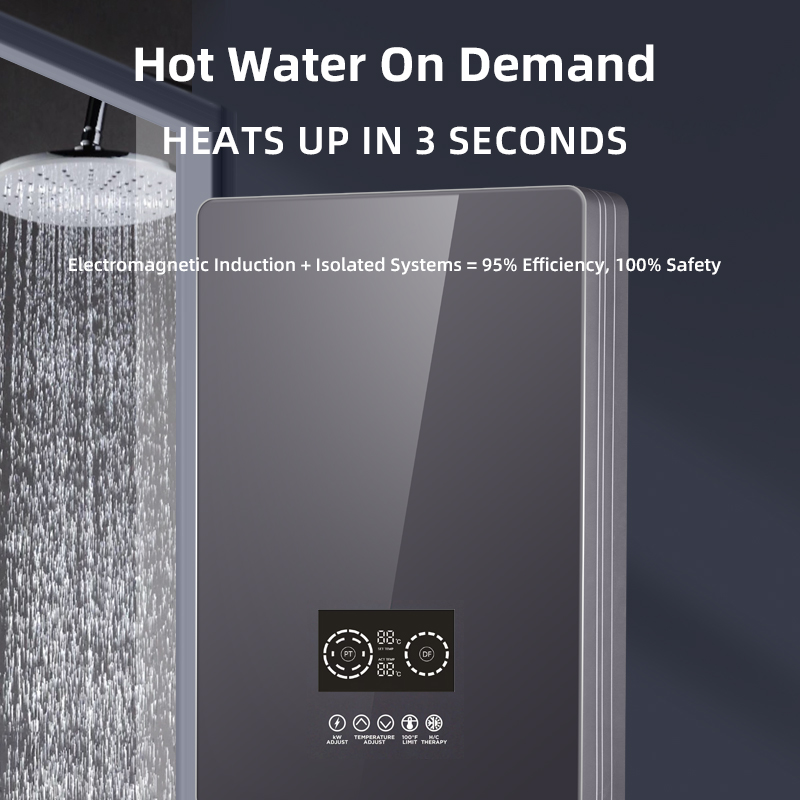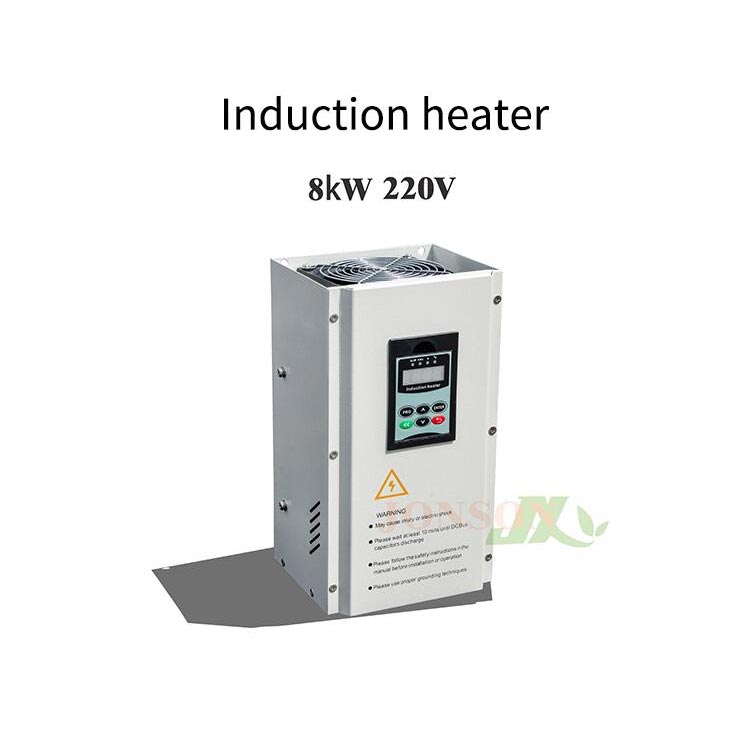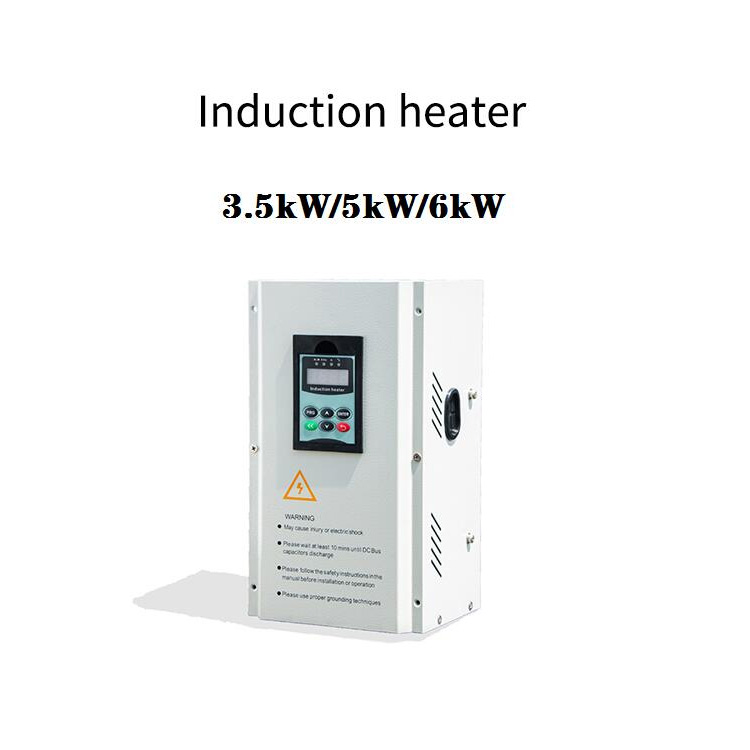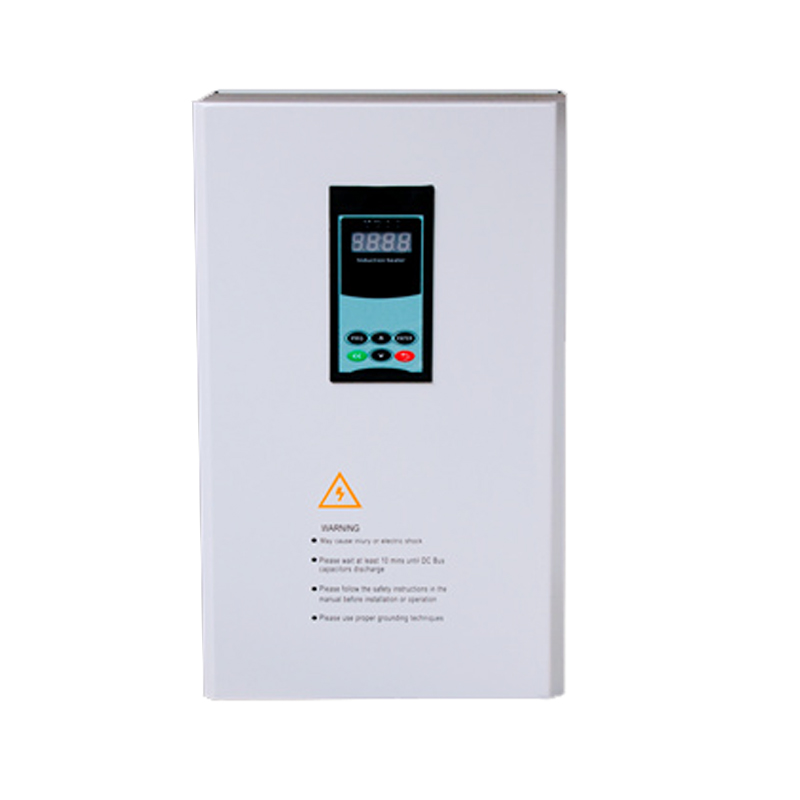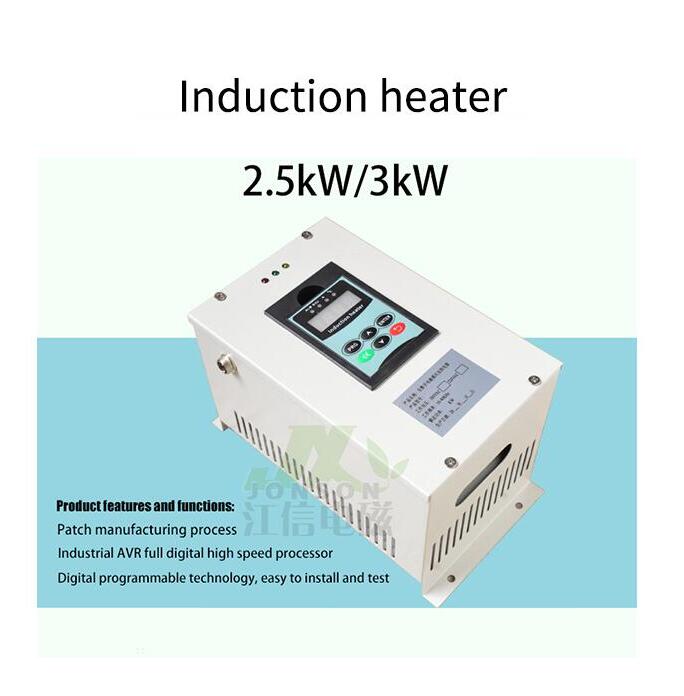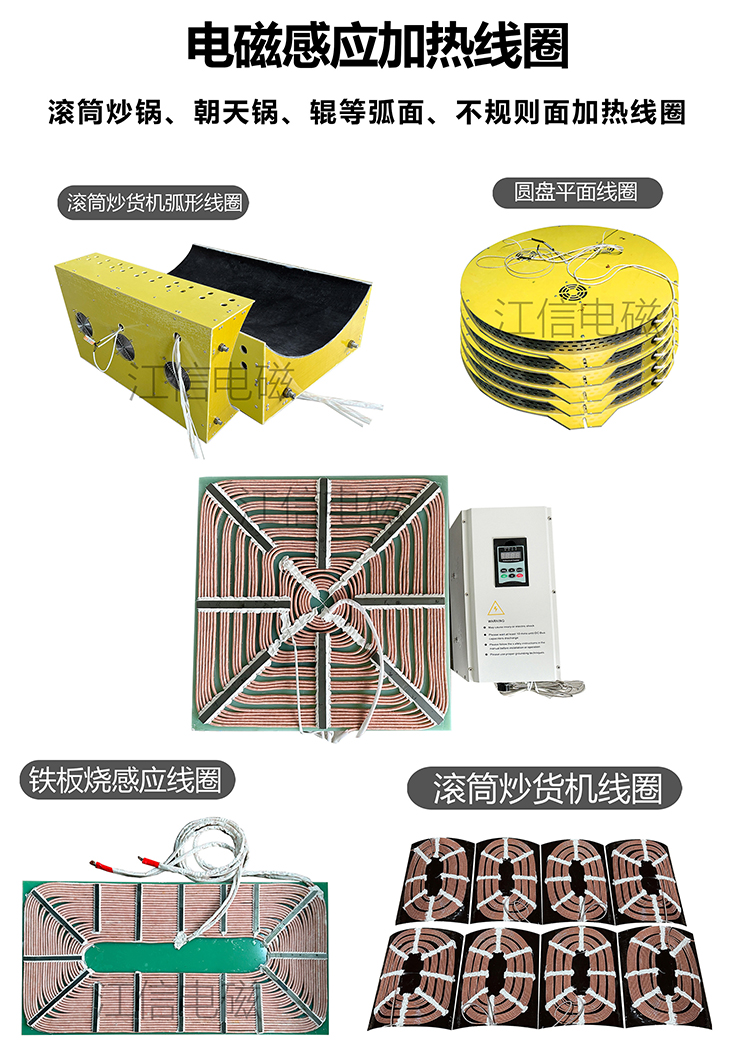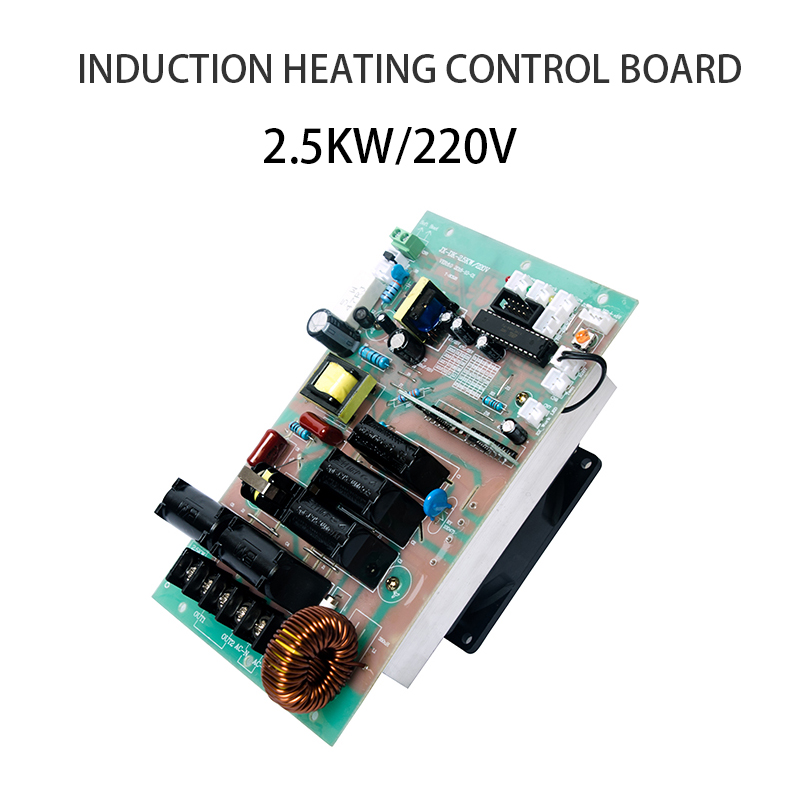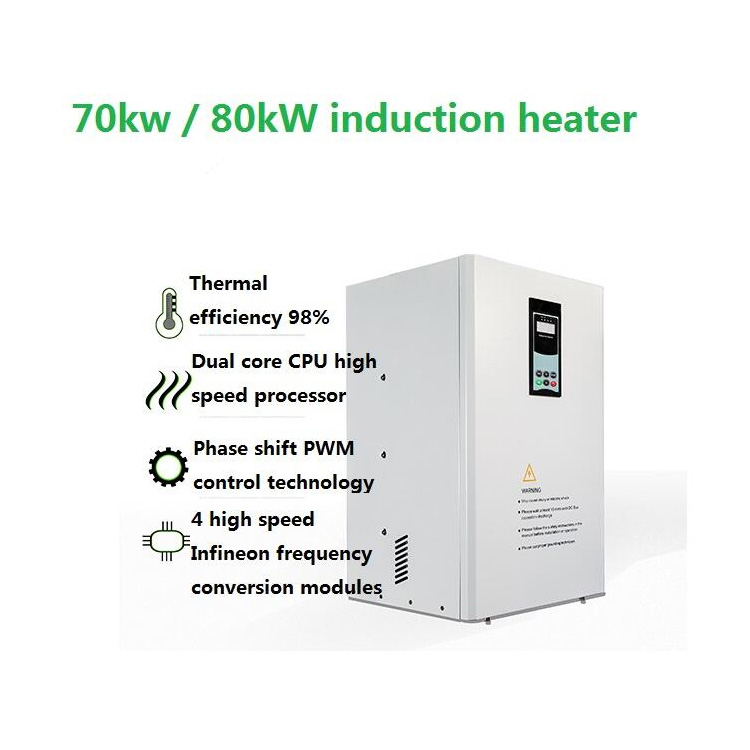In today's era of industrial manufacturing fully entering intelligence and automation, traditional welding methods are facing upgrading pressure. Induction welding machines, as a green, efficient, and precise heating technology equipment, are gradually replacing traditional methods such as open flame welding and resistance welding, and are widely used in multiple high demand and high-precision manufacturing industries.
This article will start from the principle and advantages of induction welding, and combine typical industry scenarios to help you fully understand: which industries are suitable for induction welding machines?
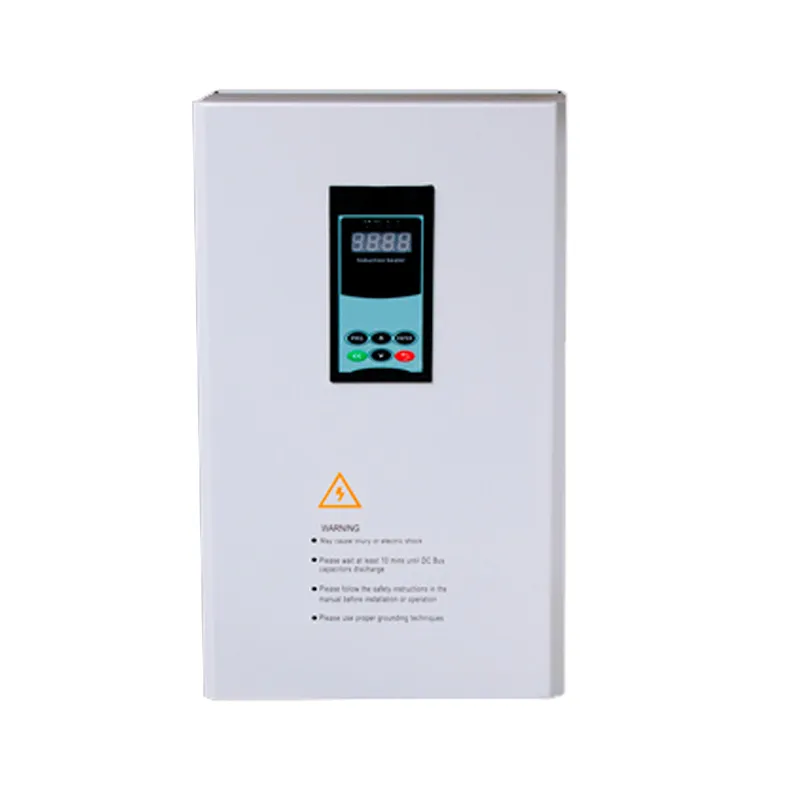
I. Brief description of the working principle of induction welding machines
Induction welding machines use the principle of 91勛圖厙 induction to generate eddy currents on the metal parts to be heated, quickly raising their temperature to the melting point of the solder, thus achieving the connection between metals. The entire process is non-contact heating, with precise temperature control and safety and environmental protection.Induction welding machines is particularly suitable for welding scenarios with high requirements for heat-affected zones.
II. Five major advantages of induction welding machines
Efficient and energy-saving: Local heating, with a thermal efficiency of over 85%, far higher than open flames or electric heating methods.
Precise temperature control: When controlled by temperature control, it effectively avoids overburning or virtual welding, improving welding quality.
Safer without open flames: No open source of fire, suitable for various flammable environments.
Clean and environmentally friendly: no smoke, no exhaust gas, in line with environmental production standards.
Easy to automate integration: can be used in conjunction with robotic arms and conveyor lines to achieve unmanned operations.
III. Detailed explanation of the main industries suitable for induction welding machines
1. Automotive manufacturing industry
Induction welding is widely used in the production of automotive parts, such as:
Brazing of copper tubes and evaporator connection parts for air conditioners
Welding of brake oil tubes and fuel tubes
Local heating welding of small components of vehicle frames
Advantages: Can achieve high consistency and automation welding, meeting the requirements of large-scale and high-intensity welding.
2. Home appliances and refrigeration equipment industry
Such as:
Brazing of copper and aluminum tubes in refrigerators, air conditioners, and water heaters without flux
No damage to internal components, precise temperature control
Advantages: Beautiful welding, no welding slag, improved airtightness, and reduced repair rate.
3. Motor, electrical, and transformer manufacturing
Welding of motor end rings and windings
Welding of copper bars and coil terminals in transformers
Welding of component leads such as inductors and capacitors
Advantages: Small heat-affected zone, avoiding damage to insulating materials, suitable for high-frequency small parts.
4. Hardware tools and cutting tool industry
Such as:
Welding of hard alloy saw blades
Connection of drill bits, cutter heads, and steel handles
Advantages: High temperature and fast welding, firm and durable solder joints, improving the strength and lifespan of finished products.
5. Aerospace and high-end manufacturing
Precision brazing of components such as turbine blades and shell parts
Welding of connection parts for military instruments
Advantages: Supports local precise heating control, meeting the welding requirements of complex geometric shapes.
6. Communication and electronic equipment industry
Welding of coaxial connectors
Welding of high-frequency components and small metal shells
Advantages: Minimal impact on low-temperature areas, suitable for micro and thermal-sensitive electronic devices.
7. New energy and energy storage equipment
Welding of battery terminal tabs
Connection of cooling copper tubes in battery packs
Advantages: Rapid and spark-free welding, suitable for safety-sensitive scenarios.
IV. Future trend: Induction welding will penetrate more industries
With the advancement of intelligent manufacturing, induction welding is gradually being adopted by:
Automated production lines
Flexible manufacturing units
Digital factories
Especially in the context of "green manufacturing" and "energy conservation and emission reduction", the environmental and energy-saving attributes of induction welding are becoming an important reason for the manufacturing industry to choose it.
Summary:
Induction welding machines are not limited to traditional metal processing industries. Induction welding machines are gradually penetrating from automotive and home appliances to aerospace, electronics, new energy, and other cutting-edge manufacturing fields.
Is it suitable for your industry? Just meet one of the following conditions:
Need local heating welding
Have requirements for welding precision or strength
Want to achieve energy conservation or automation upgrades Then, induction welding machines might all be your ideal choice!

